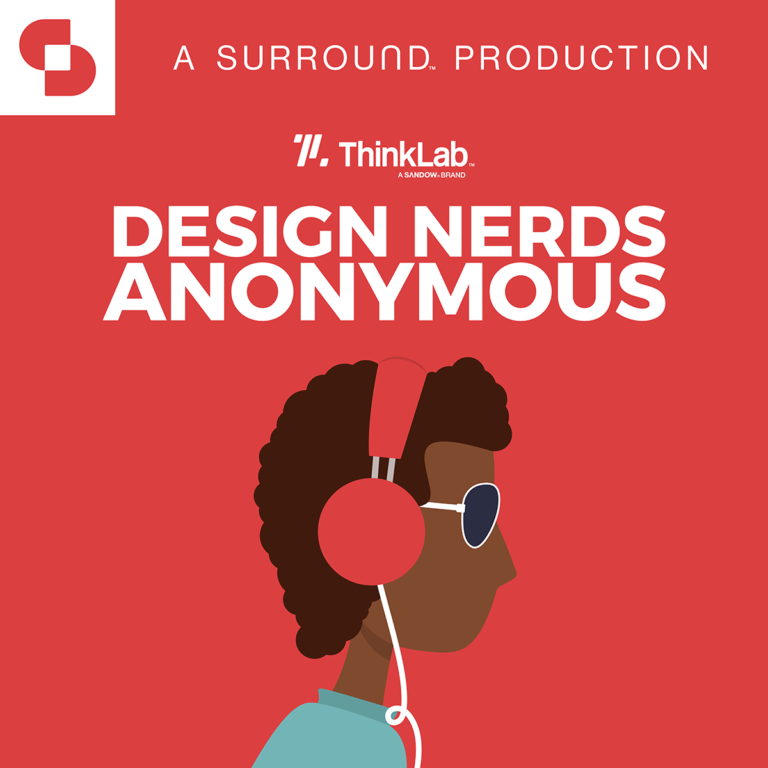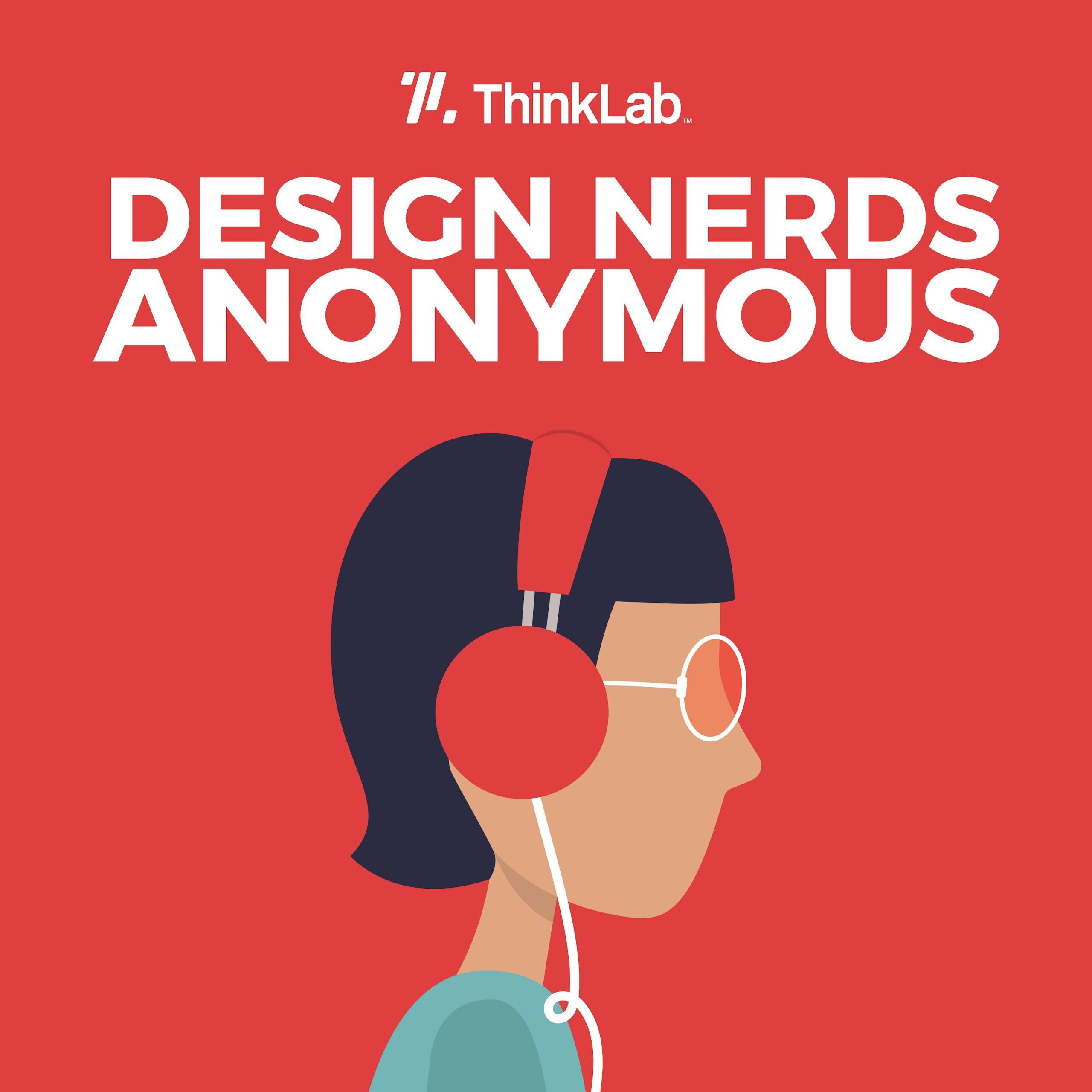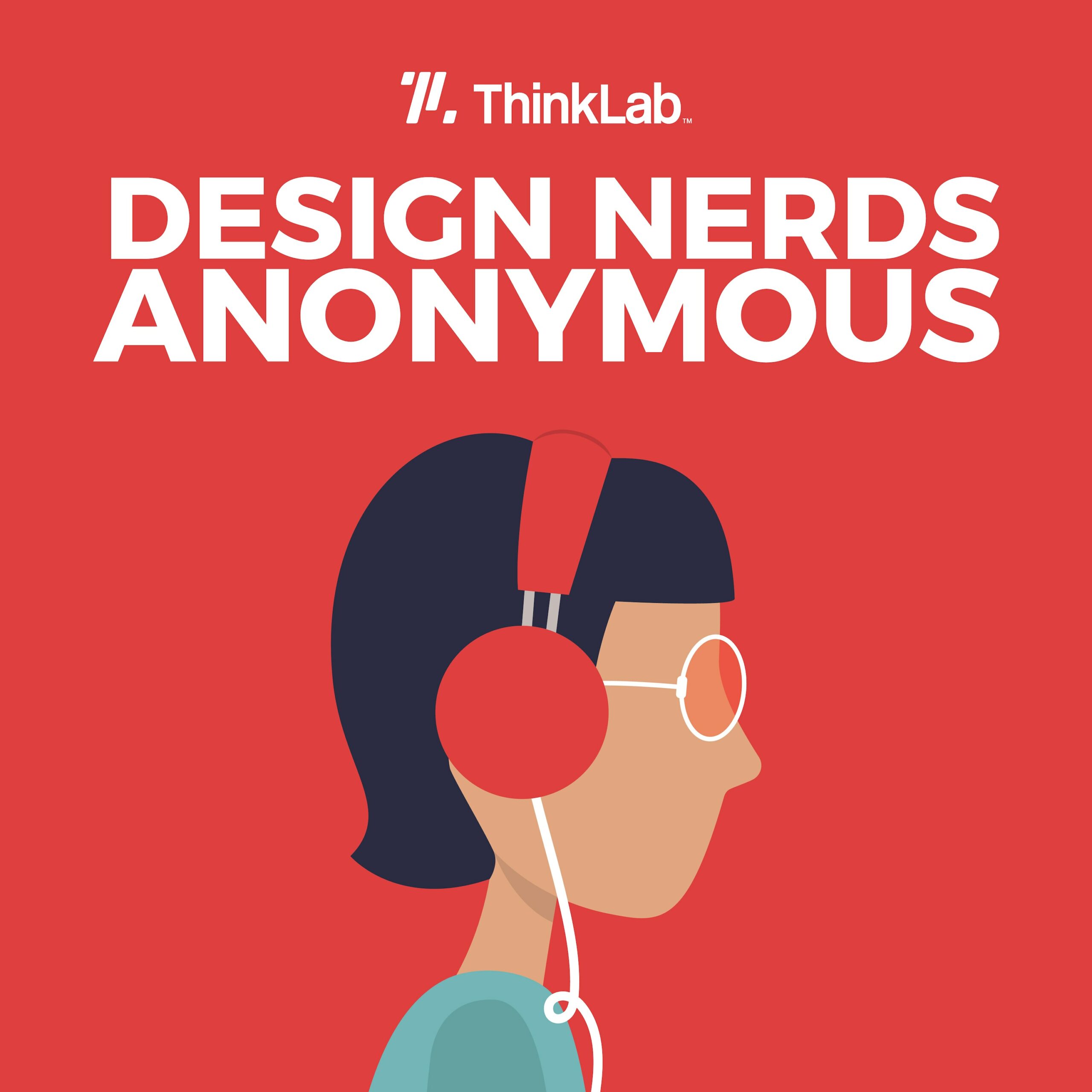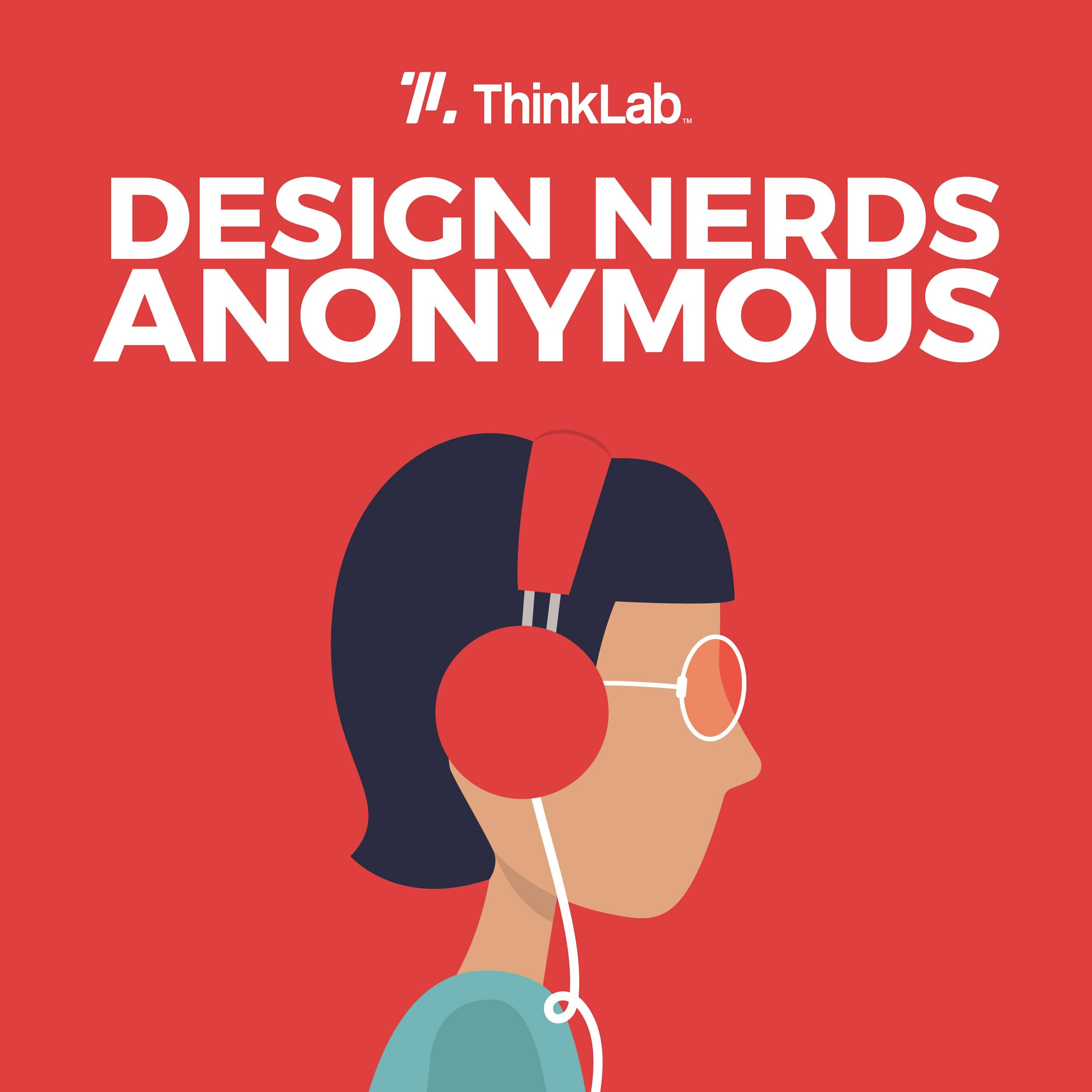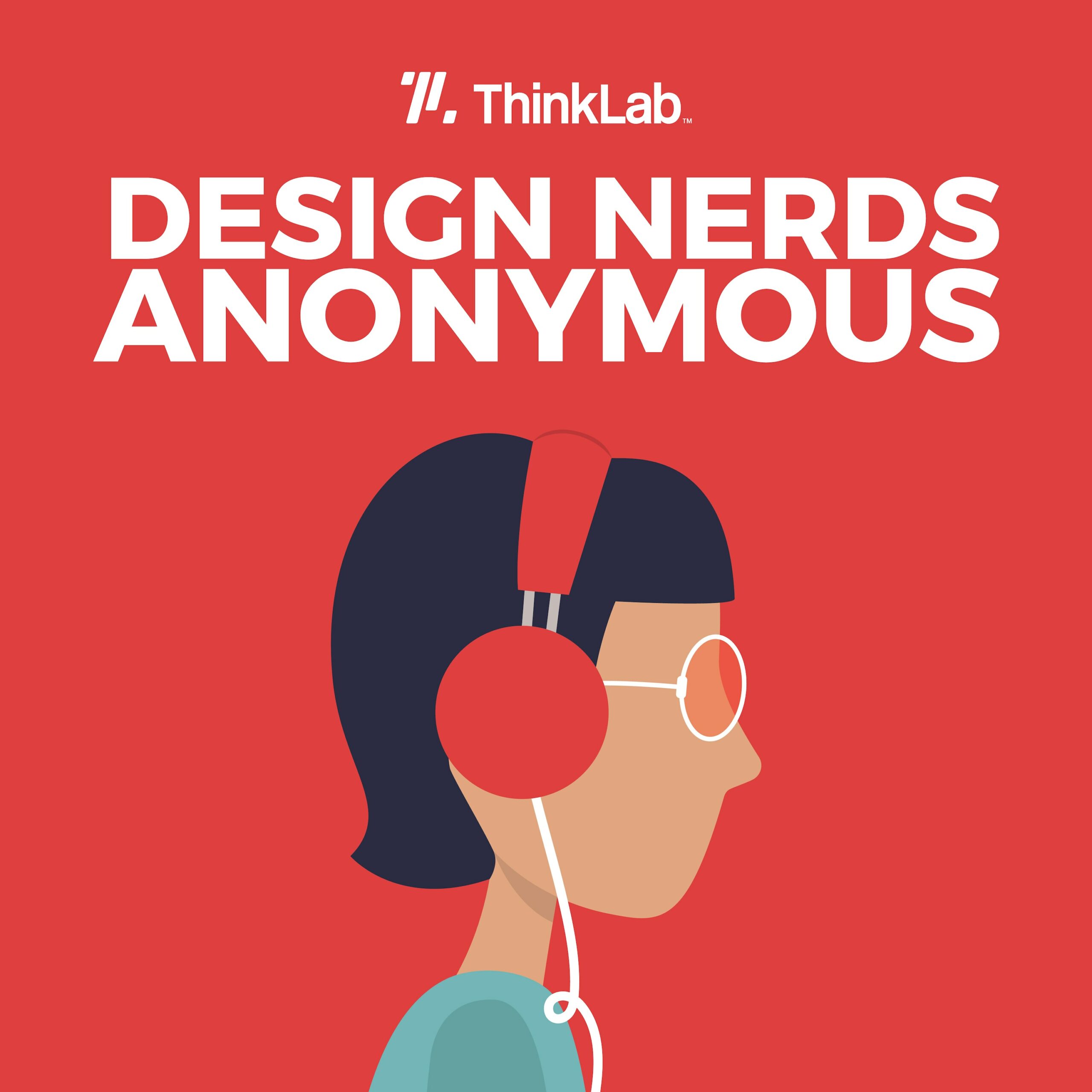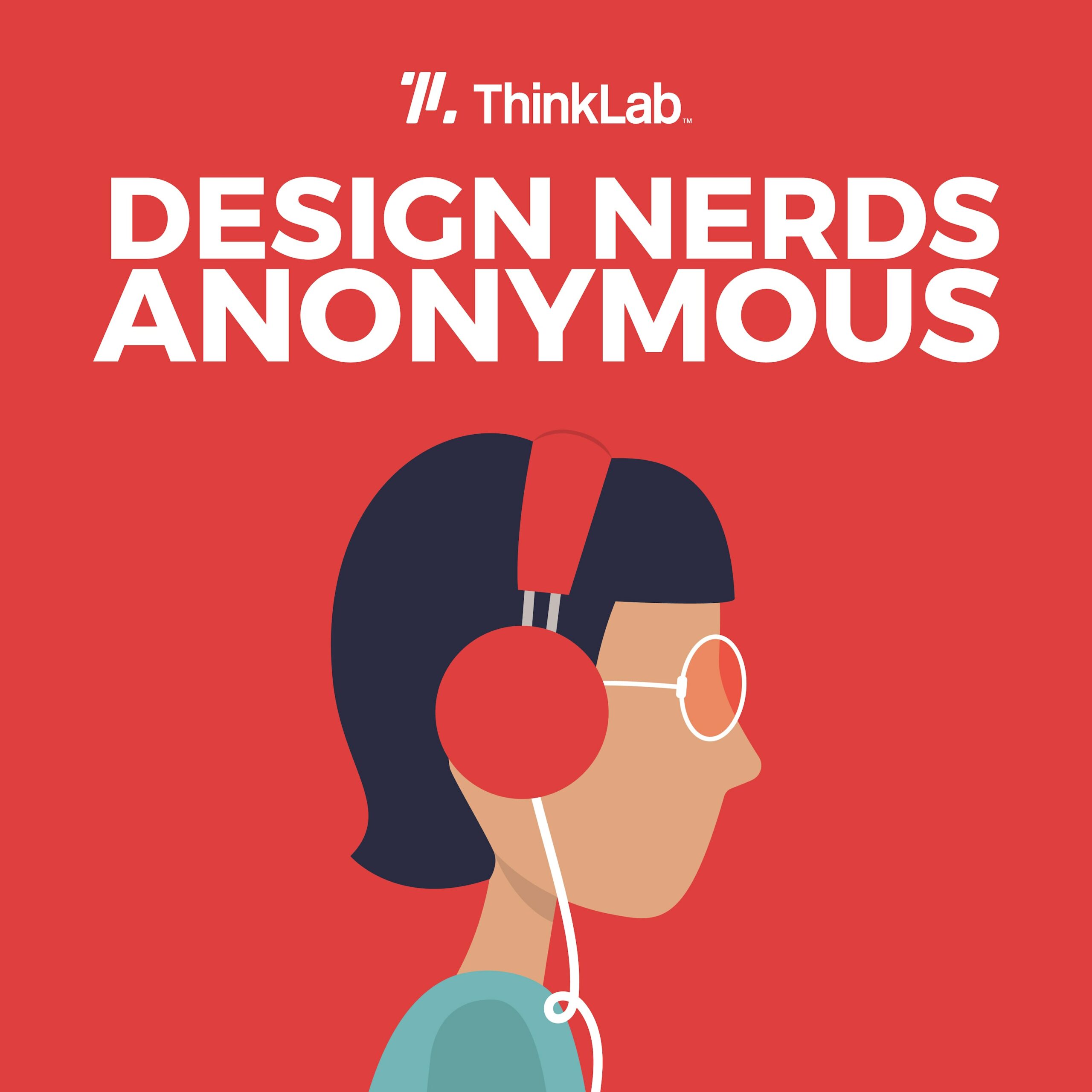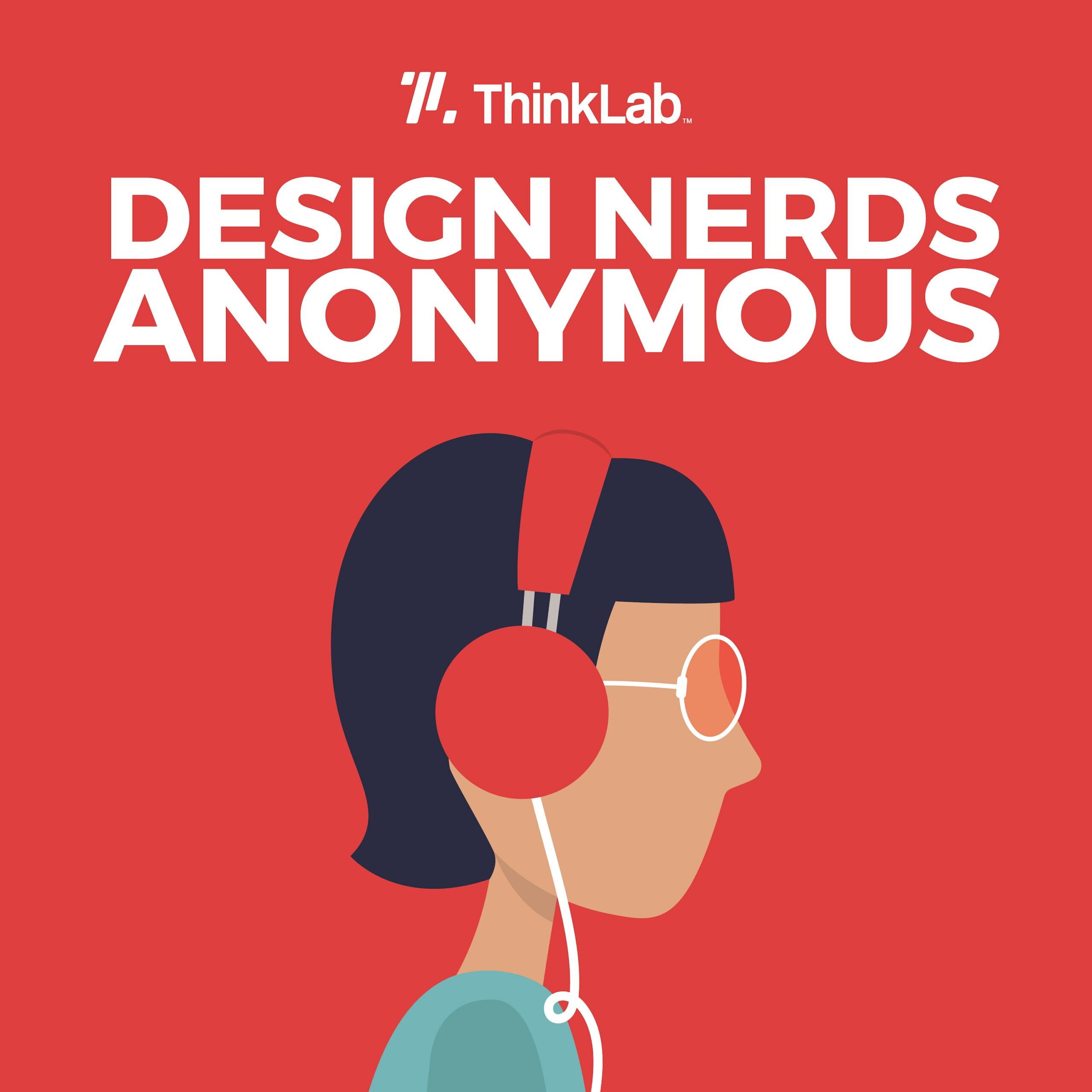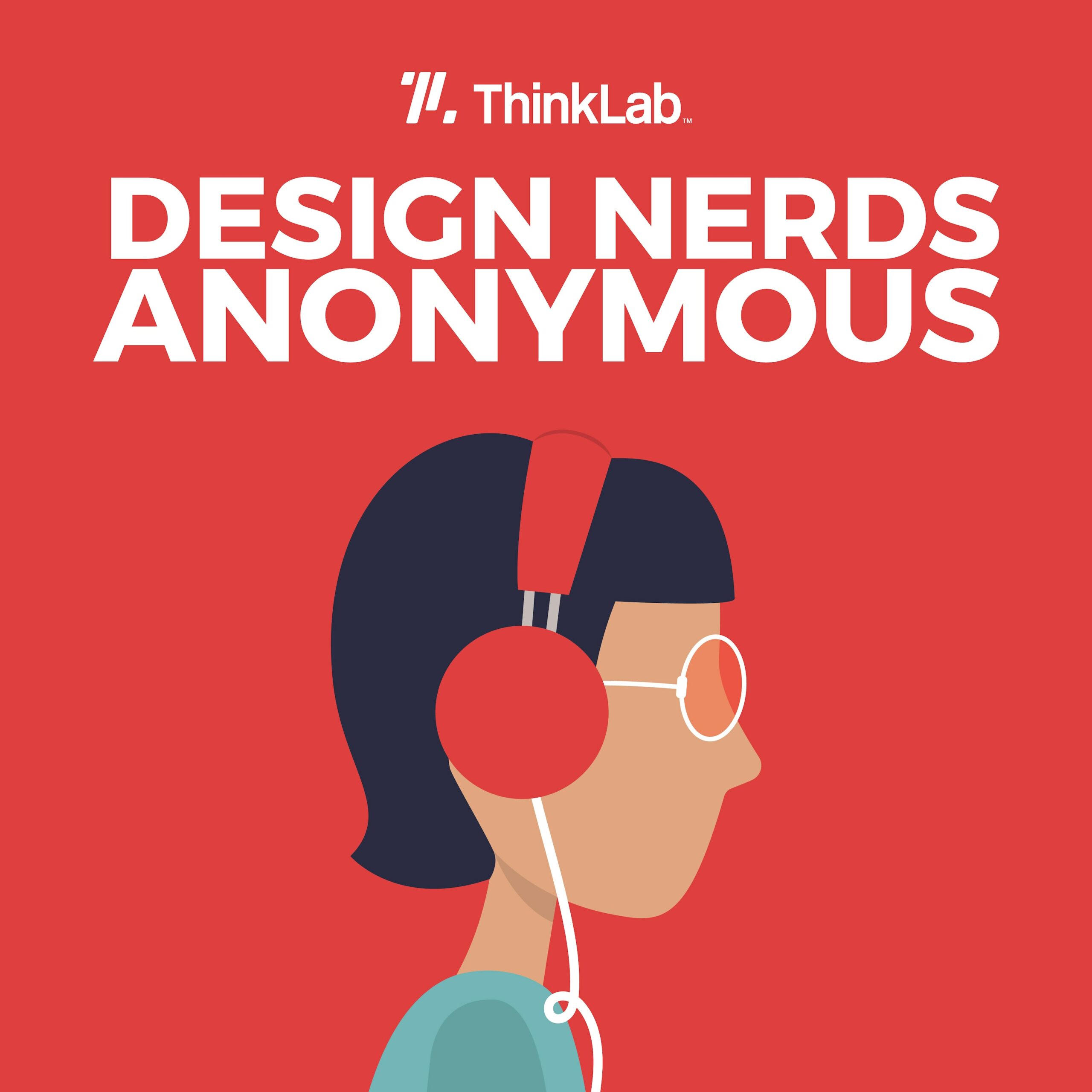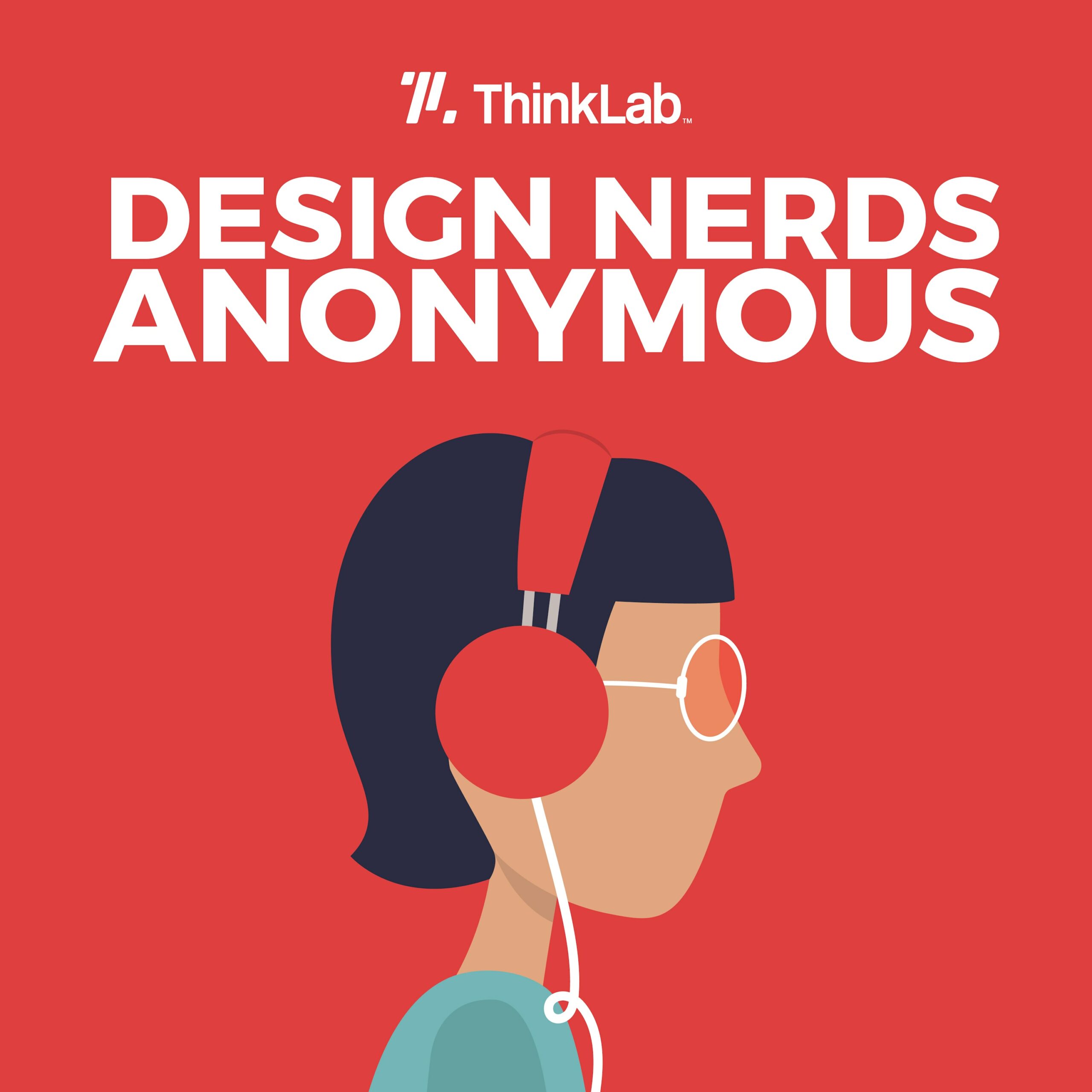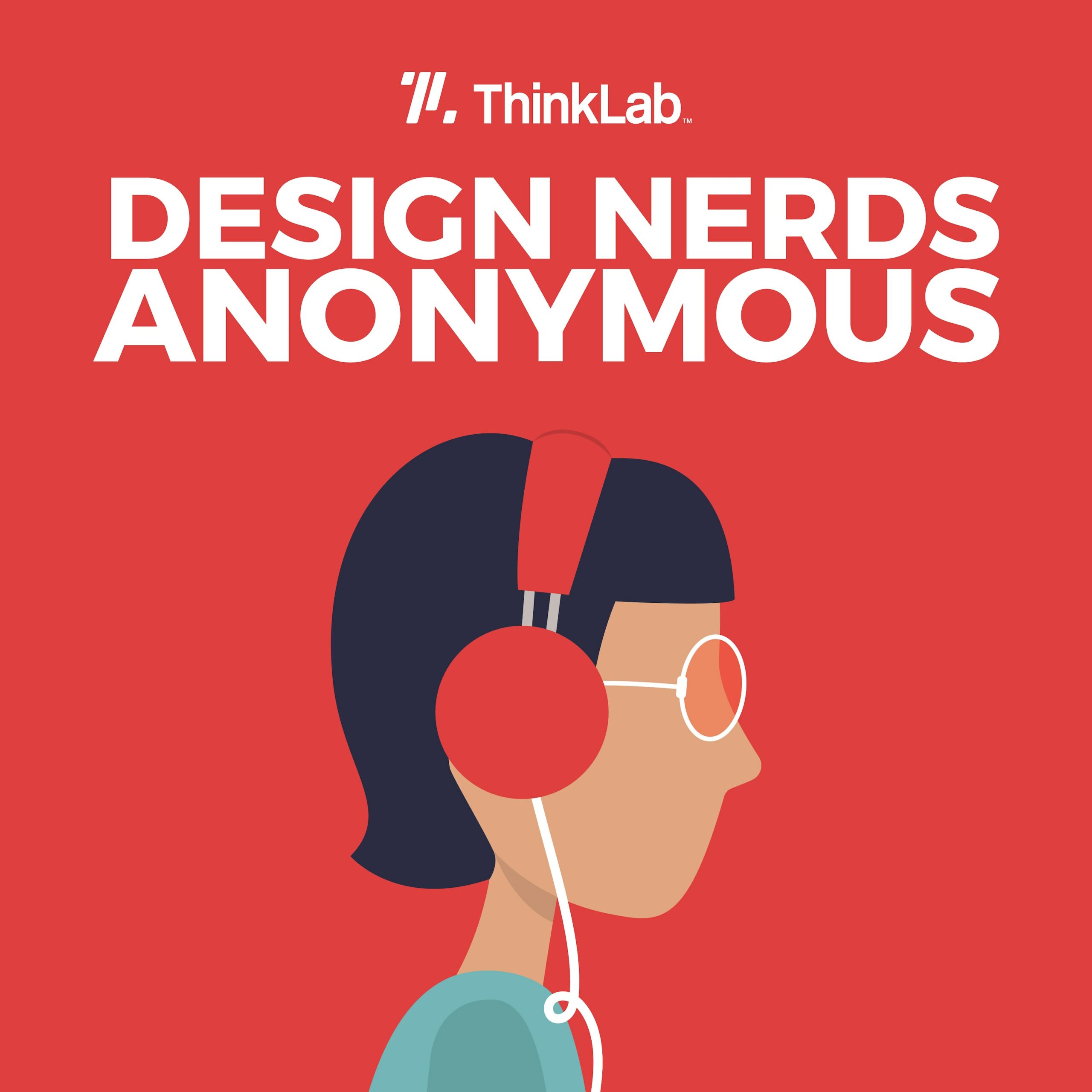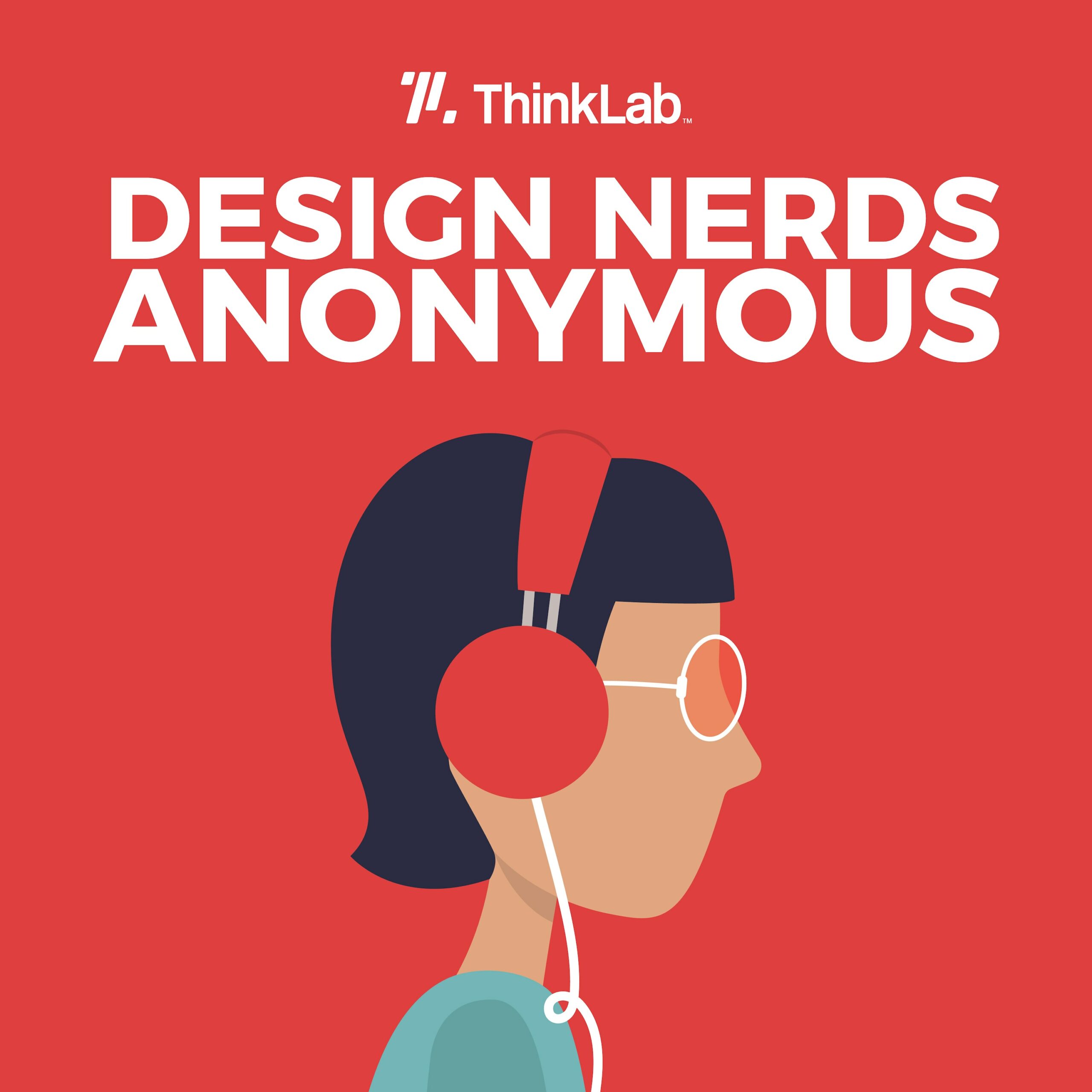In this episode of Design Nerds Anonymous, we pass the mic to the newest generations in the industry to learn what they need most from product manufacturers and distributors. You’ll hear about how their workflow has changed, their biggest issues with websites, how to inspire them with your product, and more.
If you’re a product manufacturer or distributor, this episode is a must-listen. Hear directly from Gen Z designers from Interior Design’s 30 Under 30 about what they need most from your brand, and how you can solve their biggest challenges to become their preferred go-to.
In this Episode:
- Workflow changes in 2020: Learn how the next generation’s workflow has changed when it comes to product selection, and how you can adapt to meet their needs.
- Website issues: Discover the biggest issues designers face when using manufacturer and distributor websites, and how you can make yours better.
- Inspiring with your product: Hear about the best ways to inspire the next generation with your product, and how to stand out from the competition.
- What designers need from reps: Get surprising insights into what the next generation needs from their reps, including their preferred balance between digital tools and personal connections.
- Big opportunities for leading brands: Learn how leading brands can go above and beyond to get noticed by the next generation.
Key Quotes:
- “It’s really hard to get in front of us designers because of this virtual world. We’re trying to do things outside of the office, like events, or they’ll do specific events for our team specifically. Like, we have a book club with some reps, which is really nice, and it really allows us to pull in other vendors into the mix as well.”
- “We’re becoming more digital in the way that we design, and we want our clients to be able to visualize what the project will look like.”
- “Sometimes too much is not good, so cut to the good stuff.”
Design Nerds Anonymous is a proud member of the SURROUND Podcast Network. Discover more shows from SURROUND at surroundpodcasts.com. This episode of Design Nerds Anonymous was produced and edited by SANDOW Design Group, with music from Blue Dot Sessions. Special thanks to the podcast production team: Hannah Viti, Wize Grazette, and Samantha Sager.
Amanda Schneider: Product manufacturers and distributors, this episode is for you.
Now, if you want to hear what this next generation needs most from your brand, some of this won’t surprise you. We’ve certainly heard some of these things before. But again, why we’re passing the mic to the newest generations in our industry is that some of this will surprise you, and hearing it in their words helps with the nuances of how you can solve their biggest challenges and become their preferred go-to.
Now, in this episode, you’ll hear five insights:
- How their workflow changed in 2020 when it comes to product selection
- Their biggest issue with websites and how you can make yours better
- The best way you can inspire them with your product today [00:01:00]
- What they need most from a rep today (including some surprising insight about their preferred balance with digital tools and the humans we know and love)
- A big opportunity for leading brands to go above and beyond and get noticed with this next generation
But before we dive in, we have to warn you. This special episode was created to benefit our ThinkLab Insider subscription members. So, lucky for you, we’ll be sharing the first half here on the podcast channel, but to get the full episode with all five insights, you’ll have to click find out how you can become an Insider.
Let’s get started. First up, insight number one: how their workflow changed in 2020 when it comes to product selection, and, really, what if that change is here to stay.
So, let’s [00:02:00] start with how their world shifted. These Interior Design “30 Under 30” events, where all of these insights were recorded, include participants that graduated as early as 2016, so some of them had more time in (as one Gen Z participant called it) “The Before” than other participants did. Let’s hear how the pandemic affected their workflow.
Anonymous Designer #1: Usually before, when I had to source material, I would run to the D&D Building and I would then look at the fabrics for covering, and then I would run to the tile vendors, their showrooms, to look at it. But then, because of the pandemic, I started to look online. And we all know Material Bank. People started to use that. That’s convenient too, but I still miss going into the showroom, seeing the samples in person.
And we were not really allowed to have vendors during that time to come to give presentations during the pandemic, [00:03:00] so that was something lost. Because when they came, we learned something new. We saw the new trends, saw their new product. That was really helpful. And then for me, during the pandemic, I would have to source those from the magazine, from the online website. It’s less in person. That’s different.
Designer #2: That’s tough. It is hard, and I know we’re struggling, too. We have a hybrid work flow, so we really tried to say [to reps], “One day a week.” We like to call it a product parade, and we invite three to five vendors: “You have an hour of anybody’s time who happens to be in the office that day. Just come, show us your stuff. Let us know what’s new. Let’s chat.”
So that’s been positive for us, but it is really hard to get in front of us designers because of this virtual world. We’re just back-to-back deadlines and moving to the next thing, and on this Zoom call, and not in that Zoom call, and you barely get watercooler talk anymore. So it’s definitely hard on us, and I don’t think designers want to [00:04:00] push vendors away because that’s what we need.
We’re trying to do things outside of the office, like events, or they’ll do specific events for our team specifically. Like, we have a book club with some reps, which is really nice, and it really allows us to pull in other vendors into the mix as well.
I’m not sure if that’s advice, but I think that’s a start and we’ll have to see how it goes. But it is hard, it’s really hard. And it’s hard for us. Like we, we want to [meet], but deadlines and projects and clients, and there’s just a lot of things. I feel like we’re still in this interim period of figuring it out, and the only way we’re going to figure it out is if we try all these different things. And I don’t think there’s one [right] response. I think it’s going to be a multitude of things. What are they? I don’t know.
Designer #3: It’s tough finding the balance between our work and our deadlines, and then being in the know and up to date on all the new products out there.
Designer #4: This goes back to what was different in [00:05:00] 2016 versus 2022. We’re lacking these personal relationships at the end of the day. I think it’s easy to hide behind your screens, and that really hinders us in a ton of different ways. It hinders the relationships that we have between our vendors and ourselves. It hinders just our understanding the product knowledge versus actually physically touching something versus ordering it online. That’s more kind of in the general topic of the relationship between designers and vendors more than anything.
I think this is a designer problem in terms of getting out there and doing group events more than anything, because I’ve had multiple vendors reach out to me and say, “No one’s answering me. No one wants to do anything in person.” And so, it’s not necessarily all on the vendors at the end of the day. It’s the conjunction in-between that we need to work on in tandem.
The reps are doing a really good job in general about reaching out and seeing what’s next. They do digital presentations, [but] people are multitasking. I’m totally guilty of doing that, but it [00:06:00] was just the way in which everything switched to digital so quickly that we all got into this really bad habit of just multitasking every single time that we’re on a call, even. We’re doing other project work for another client because we’re trying to get another client, and we’re trying to make money at the end of the day. That comes down to the culture, and that starts from the top. If the top isn’t recommending that we are starting to do things in person and all of that, there’s no start to it.
This next year is that weird transition time where we’re almost there, but we’re not fully there in terms of being able to start rehoning on all these relationships in person. I’m personally trying to really go back to that tangible that I’ve been talking about: Where’s the right in-between?
Because right now, I’m feeling the disconnect of trying to get out of that digital world, and it’s really tough, too. So, maybe in six months I might have an answer for you, but I don’t have it for you today.
Amanda Schneider: I hope what you heard is that we’re still in a transition period. Now, [00:07:00] ThinkLab has a lot of insights that can help. In our playbook that’s titled 100 Practical Ways to Revolutionize the B2B Sale, we invite your reps (and, in some cases, your marketing team) to start with our ideas, build on them with your own ideas, and adapt what we call a “beta test mindset” of testing, reframing, and trying again.
But in the meantime, let’s explore what we can do digitally, since we know that according to ThinkLab data, even pre-pandemic, 95 percent of specifiers started their search online.
So this leads us to insight number two: Gen Zers’ biggest issue with websites and how you can make yours better. While you heard the struggle between brands and human reps in the last section, what I hope you’ll hear in this section is their passion for interfacing with technology.
If they can’t find what they need easily, [00:08:00] they move on.
Designer #5: OK, this is more of a technical one, but I will always say for any manufacturer: [Offer] Revit models. Because [rendering] is something that takes a lot of time. We’re becoming more digital in the way that we design, and we want our clients to be able to visualize what the project will look like. And it’s pretty crazy. A few projects were recently completed by our team, and they look so identical to the renders. And so that bridge, it’s starting to fall apart between the real and the unreal.
And so I think the challenge is getting everyone on board with that, especially when it seems like such an add-on. I would say that if it isn’t able to be represented in the same way as another manufacturer might have represented it, you run into the problem of the client maybe not appreciating the beauty of the furniture.
I’ll give you an [00:09:00] example: I recently had to model myself a piece of furniture that was made by someone else, for the sake of the rendering. I love that product so much and I was trying to do it justice, but there was just something about my lack of knowledge about the particular construction of that piece that didn’t sell it for the client. And it’s a shame at the end of the day. I really wanted to include that product.
Designer #6: Some websites are just easy. You can download the photos. It’s not like a web file, it’s just really clear photos used for renderings.
[Offer] Revit models. We do in-house 3D rendering, and if I can’t find the piece online — We won’t choose just because of that, but at the end of the day, if you’re a company that has 3D renderings, it’s extremely helpful for us and for, like, our time, so that, that’s big. Some websites are, like, really easy.
One thing that was implemented that, like, for a really long time I [00:10:00] felt was necessary was Material Bank. Material Bank is a saving grace. You can order things, they’re there the next day, and, like, you’re getting an array of things from so many different vendors. A couple years before it was created, I would’ve told you that was the thing that we really needed.
Designer #1: Yeah, for like pricing, that important information, I know they don’t want to review it, but maybe if they can all do kind of like a passcode or something, so we can see it, because waiting for them to get back to us is really hard and takes time. And sometimes they don’t want to do that.
So, even if you don’t want your competitors to see, maybe if we can register by office email, maybe then that would help. Because it just takes too long, and all the projects, like, it’s really important about the pricing, the lead time, all that kind of information. So maybe that could help.
Amanda Schneider: The next couple of quotes talk about the worst website experiences. [00:11:00] Now, we purposefully ask them not to say the name of the vendor, or we cut it out of this recording. But to help this sink in, as you listen, I want you to cringe, imagine that they’re talking about your brand, and then of course, test your website to make sure that that isn’t true.
Designer #7: It’s like a maze where I have to click in so many different layers to get the specification sheets which I always need: the sizing, the color options. And the one thing that really bothers me, or costs a lot of time for me to figure it out, is the materials’ colors showcased on the website does not match with the samples that we get. So that has always been a problem for me, and I will have to always order a booklet, just in case, last minute.
Designer #6: Sometimes, you have to go to a huge library with all of their products, and within that, you have to find the product. And you don’t even know once you download it whether you’re [00:12:00] getting the one with casters or the one with a metal base versus a wood base. You have no idea what you’re getting, and it’s like, “Uh, no.” Make that simple.
Even though sometimes it’s really nice to have a lot, sometimes there’s too much. It’s like going through Wayfair. Like, how can one ever go through all the sofas on Wayfair? They all look the same, but they’re from different companies. Sometimes too much is not good, so cut to the good stuff.
Amanda Schneider: All right, unfortunately, this is where I have to pause us and say that to get the rest of this episode, you must be a ThinkLab Insider. So click on this link to learn how you can become a ThinkLab Insider and hear more of this episode and more — including insights like number three: the best way you can inspire them with your product today; number four: what they need from a rep today; and number five: a big opportunity for leading brands to go above and beyond [00:13:00] and really get noticed by this generation.
Per our 2023 keynote speaker, Ryan Jenkins, who you heard on a previous episode of Design Nerds Anonymous about connecting with the next generation of designers: One of the best ways to get unstuck and spot blind spots that every industry and every organization has is [00:32:00] to lean into the emerging generation because they have a fresh perspective that is key to what the next approach should be.
So, we hope you’ll stay with us, here or through our Insider program, and follow along as we explore Gen Z as an arrow to our future in 2023 and beyond.
Design Nerds Anonymous is a proud member of the SURROUND Podcast Network. Discover more shows from SURROUND at surroundpodcasts.com.
This episode of Design Nerds Anonymous was produced and edited by SANDOW Design Group. A very special thanks to our podcast production team: Hannah Viti, Wize Grazette, and Samantha Sager.

